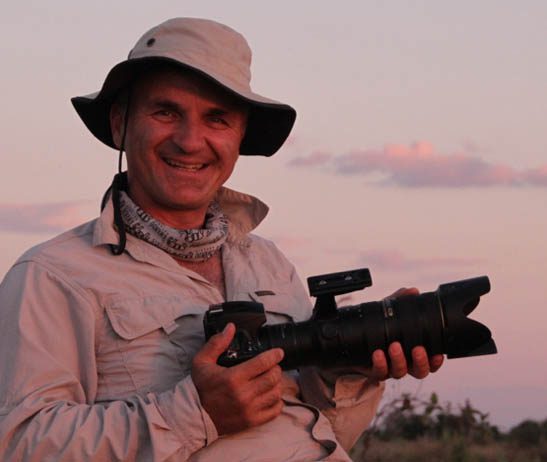
After 15 years of presenting photography workshops and tours across Australia and the world, I have tutored thousands of keen photographers, all wanting to learn new photography techniques. They also wish to be taken to where the best possible wildlife sightings are and the most stunning natural locations to photograph landscapes, macro and travel photography opportunities. One question comes up regularly: “Which lens (or lenses) should I buy”?
I have answered this question hundreds upon hundreds of times, with varying answers. These answers naturally depend on the needs/wants of the photographer, his or her budget, weight carrying capabilities of the photographer and the the quality of various lenses.
Firstly, I ask people “what is your budget?”. I will then ask “what will be the main purpose of the lens i.e. wildlife, landscape, macro, portrait or a mix of all of these?”. Then, it’s a matter of going through the various lenses and focal lengths and coming up with some suggestions.
If bird photography is your main interest, then you need a lens with a decent focal length that’s not too heavy, has decent focusing speed and is sharp. The more you pay, the better the quality but often this equates to a heavier lens. It’s that compromise you have to consider.
If you are an avid landscape photographer, then a wide-angle lens is recommended. For something like seascapes, a wide-angle lens that allows filters such as graduated neutral density, is recommended. Some of the ‘ultra-wide’ lenses have a large, bulbous front, making it either impossible or very expensive to use filters. It therefore makes them impractical if you want to darken the sky and lighten the foreground, which graduated ND filters allow you to do.
There are also many focal lengths and brands of dedicated macro lenses available on the market. They vary from 50mm to 200mm, so which one is ‘best’? The most common focal lengths on macro lenses I have seen my photo workshop and tour participants use are around 90-105mm. Theses are great lenses for an array of subjects including fungi, plants and many insects. If, however, you are more into flying and skittish insects such as dragonflies and butterflies, then a longer focal length such as 180-200mm is suggested. This way you can be further away from the insect, without scaring them away yet still fill the frame with your subject.
Whatever lens, or lenses you wish to purchase, the important thing is to do your research beforehand. Ask other photographers their thoughts on what macro lenses they are using and also check out the numerous review sites out there on the internet.
If you have a passion for wildlife, nature or travel photography and would love to go on a small-number, professional photography adventure, please get in touch with Michael Snedic at WildNature Photo Expeditions. You can call him on 0408 941 965 or fill in this Contact Form and he will get back to you ASAP.


